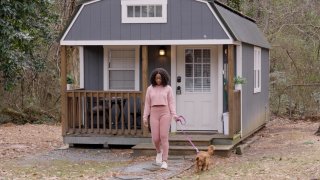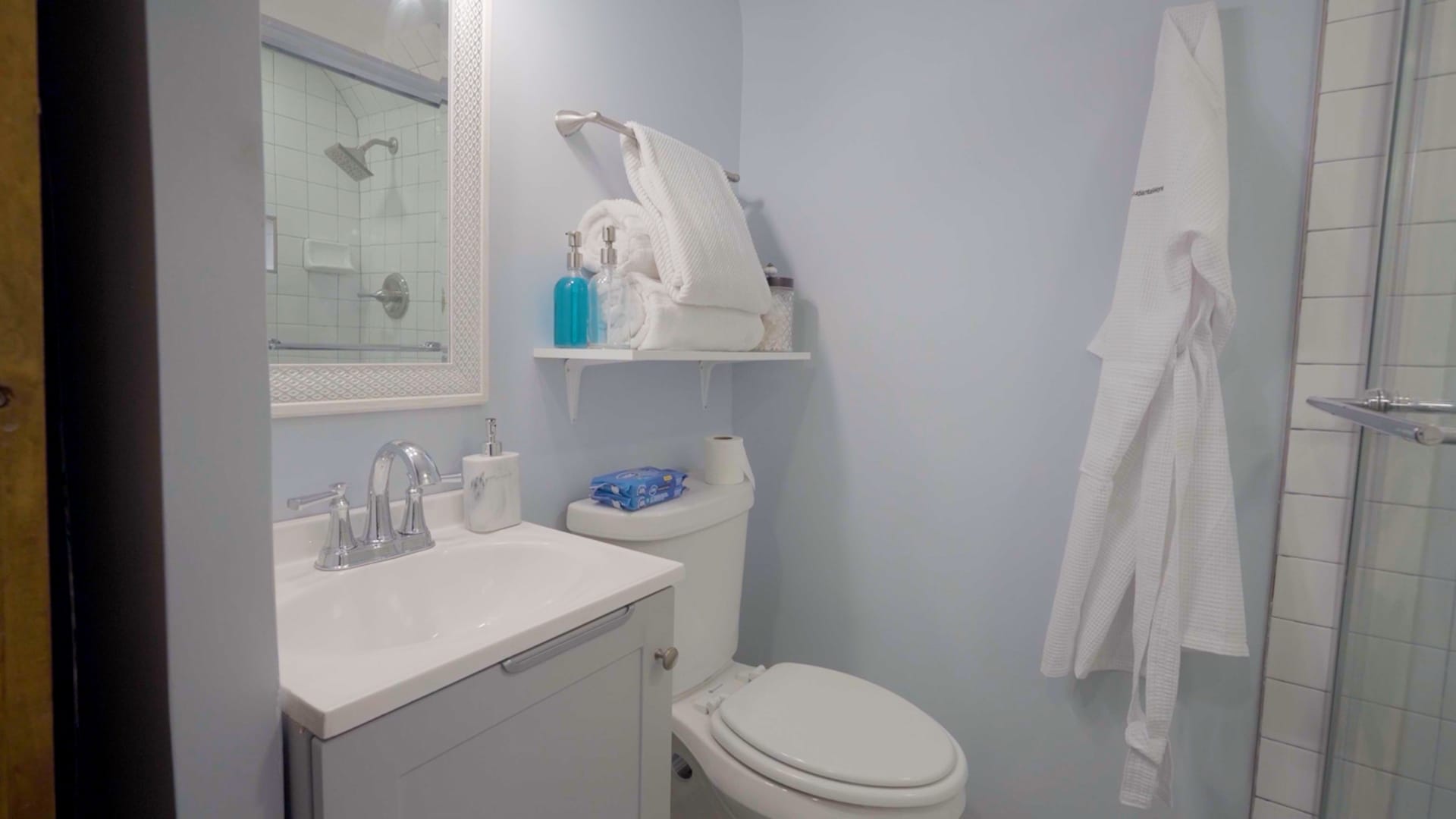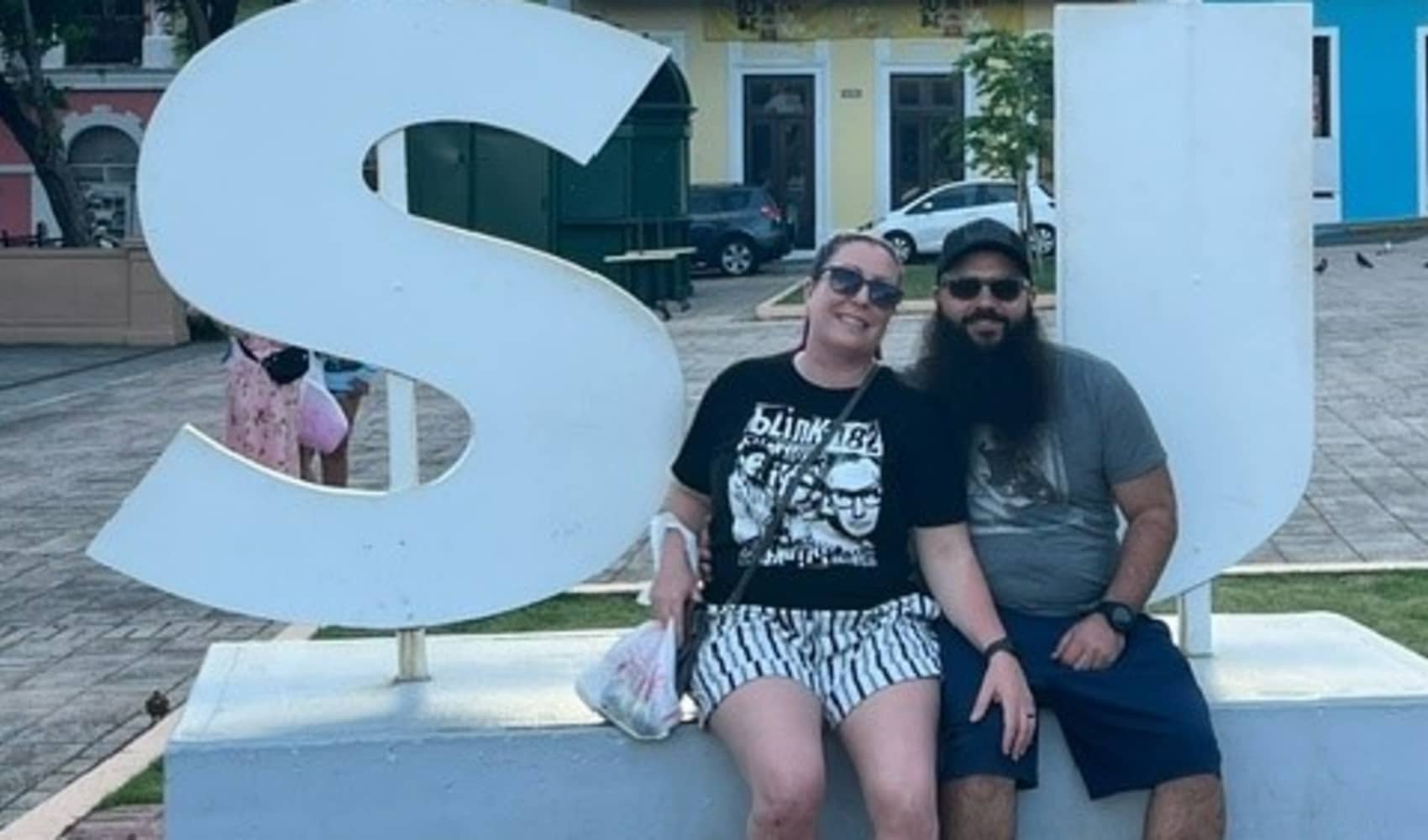
In 2021, I converted a 12-by-24-foot shed into a tiny home in my backyard in Atlanta, Georgia. Since then, I've used this structure — formally known as an accessory dwelling unit (ADU) — as a short- and long-term rental, my own personal living space, and most recently a home for my sister, brother-in-law, and new baby nephew.
Now, as a 28-year-old real estate entrepreneur, I run marketing for Gather ADU, the startup I co-founded to help other homeowners create more housing on their existing property.
With rising home prices, a national housing shortage, and demand for creative and affordable living arrangements, it's no wonder that companies like Amazon, Home Depot, and Costco are selling DIY shed kits and backyard guest houses.
I'm not surprised that people are attracted to the low prices. There's a lot of buzz, for example, about the easy-to-assemble Costco shed that's on sale in March for $5,000 and the possibility of converting it into a living space.
Get Philly local news, weather forecasts, sports and entertainment stories to your inbox. Sign up for NBC Philadelphia newsletters.
If you're tempted to click "add to cart" and turn one into a tiny home, though, here's what you should consider first:
1. You might need approvals or permits
Not all municipalities let you place or construct additional dwellings on your property.
Money Report
Your local zoning codes and classification will determine whether you can put a structure like this in your backyard in the first place, and dictate any rules that apply. For instance, some areas may have minimum lot size requirements, limits on the size or height of structures, setback regulations that tell you how close the ADU can be to property lines or other structures, and guidelines regarding utility connections.
You can find this information by searching your address online or calling your local zoning or permitting office. Try hitting Ctrl + F to look for the terms "accessory dwelling unit" or "guest house" in your zoning code.
By familiarizing yourself with these regulations up front, you can avoid potential legal hurdles such as fines and stop-work orders.
2. The structure might not be built for residential purposes
While sheds sold by companies like Amazon, Home Depot, and Costco may offer affordability and convenience, not all of these structures are suitable for long-term habitation.
Many sheds on the market are designed primarily for storage purposes. They lack the proper insulation, ventilation, and structural integrity to withstand the rigors of residential occupancy.
Before purchasing a shed for conversion into a living space, review the product specifications. Look for options explicitly marketed or certified for residential use. Reach out to the manufacturer if needed.
3. Plumbing and electricity aren't a given
Shed options typically aren't equipped with essential utilities like plumbing and electrical systems.
Installing toilets, sinks, and showers requires careful planning and professional expertise. In addition to the cost of fixtures and materials, there might be expenses associated with trenching and connecting to existing sewer or septic systems.

Similarly, ensuring access to electricity involves more than simply plugging into an existing outlet. To convert a shed into a tiny home you can actually live in might require installing dedicated electrical wiring and outlets that comply with building codes and safety standards.
Given the complexity of plumbing and electrical work, you'll need competent contractors. I'd urge you to prioritize expertise and reliability over price here.
4. Sheds aren't always the cheaper route
While the initial price tag may make a $5,000 Costco shed, for example, seem like a steal, the reality is that transforming such a structure into a livable space can get expensive fast. If you want a floor with that Costco shed, you're already up to $6,000, even with the sale.
You'll have to factor in additional expenses such as concrete foundation work, permit fees, and professional services from architects or engineers. And the interior build-out adds up with insulation, drywall, plumbing, electrical wiring, and furnishings.
In my experience, even a modest conversion will likely end up running $50,000 to $75,000 these days with all the labor and material costs. Mine cost $35,000, but I've seen costs rise significantly in just the past few years as I've helped others navigate the process.
Before committing to a shed conversion, browse various prefabricated models online and get three to five quotes from contractors for a shed buildout versus a newly constructed — or "stick-built" — dwelling. A stick-built home's durability and long-term value may end up outweighing the initial savings.
5. Making a shed functional can take longer than you think
Many shed kits claim the structures can be assembled in one day. The reality is that achieving a functional and comfortable living space requires careful planning, coordination, and execution.
Sure, the structure can be delivered and assembled in one day. But that doesn't account for preparing the foundation the structure will sit on or hooking it up to utilities.
In my experience, a typical tiny home build or conversion can take anywhere from three to 12 months to complete, depending on factors including permit processing times, contractor availability, and the complexity of the particular project. Mine took eight months altogether from building, electrical and plumbing permit submissions to finished home.
Plan accordingly — considering feasibility, costs, and financing options — and be prepared for unexpected delays.
Precious Price is a TEDx speaker, marketing strategist, tiny homes expert, and social entrepreneur. She is the CMO at GatherADU, the startup she co-founded to help homeowners create housing using the underutilized space of their existing property. She holds a master's degree in management information systems from Indiana University. Follow her on Instagram, Twitter and YouTube.
Want to make extra money outside of your day job? Sign up for CNBC's new online course How to Earn Passive Income Online to learn about common passive income streams, tips to get started and real-life success stories. Register today and save 50% with discount code EARLYBIRD.
Plus, sign up for CNBC Make It's newsletter to get tips and tricks for success at work, with money and in life.






